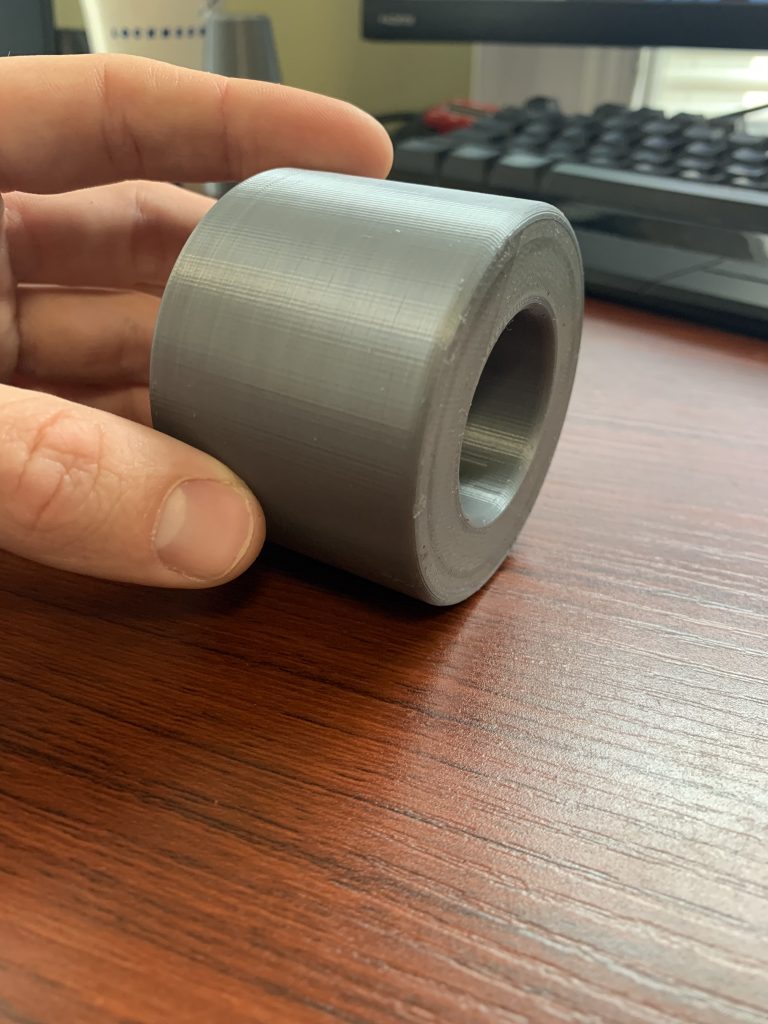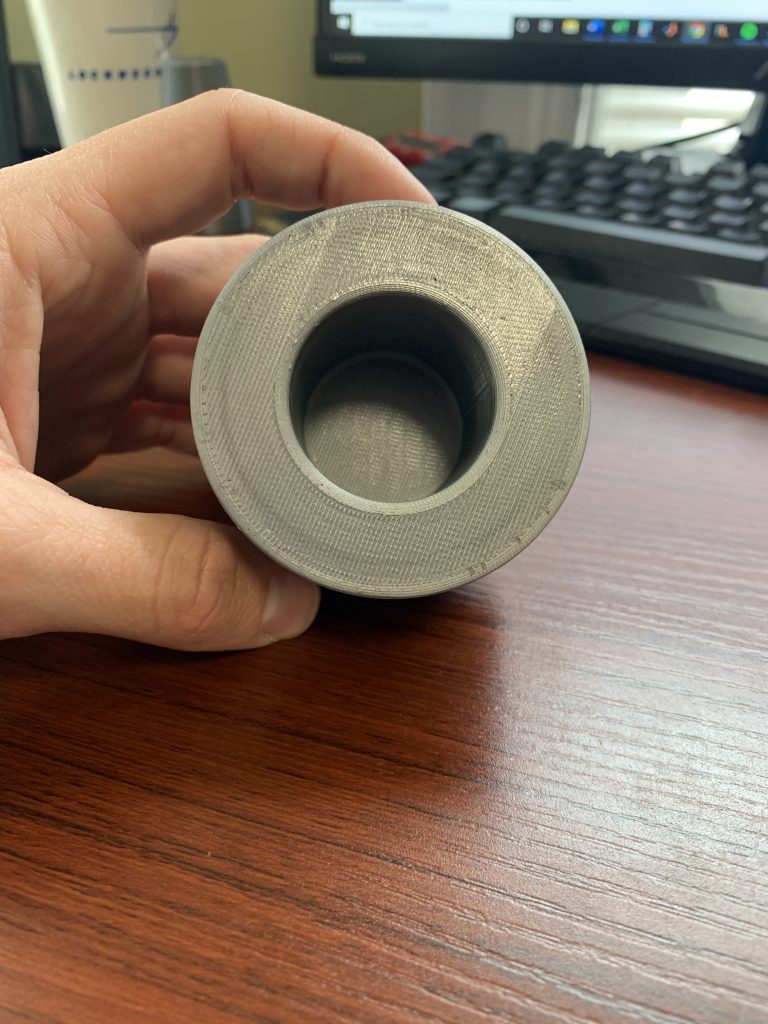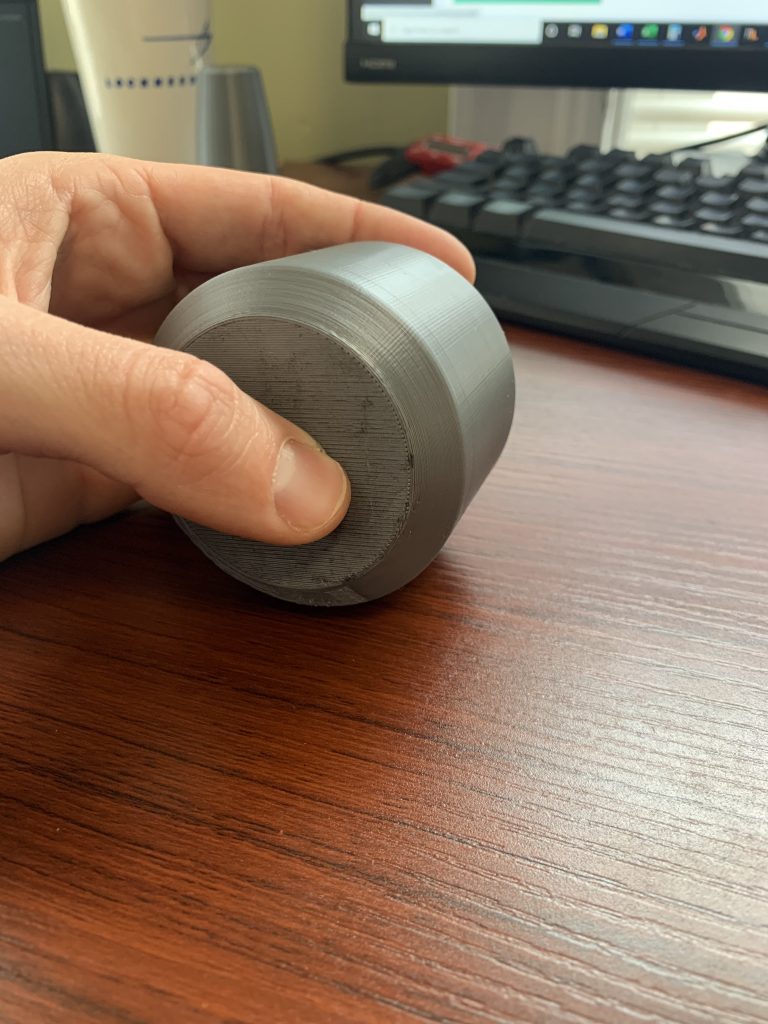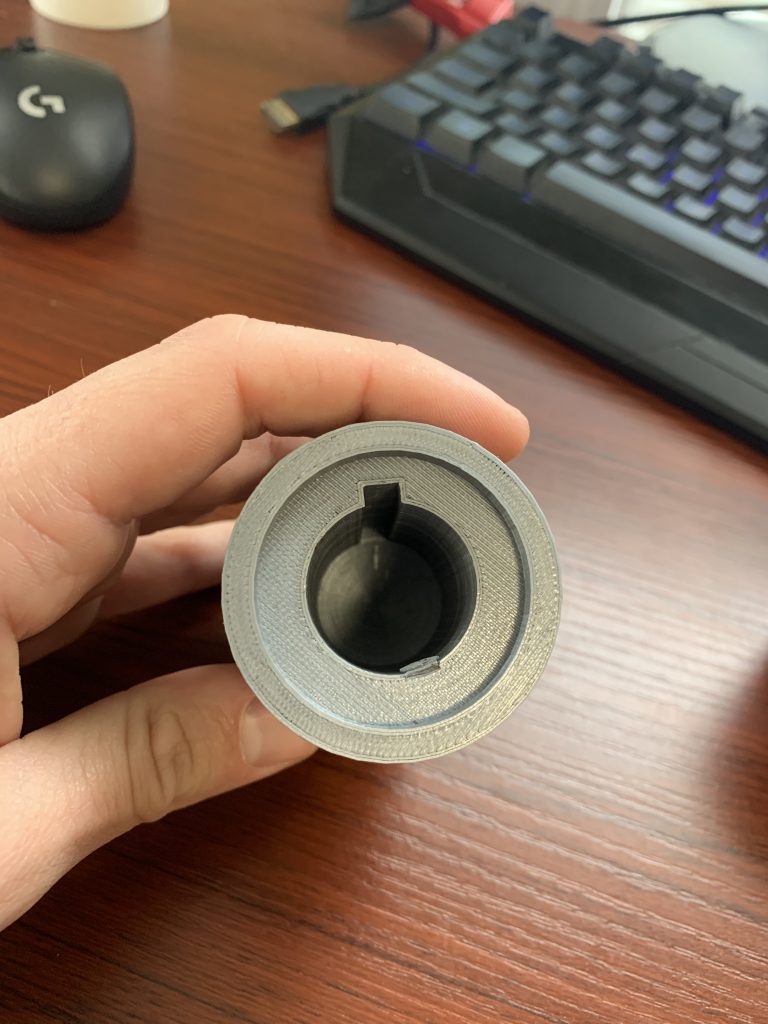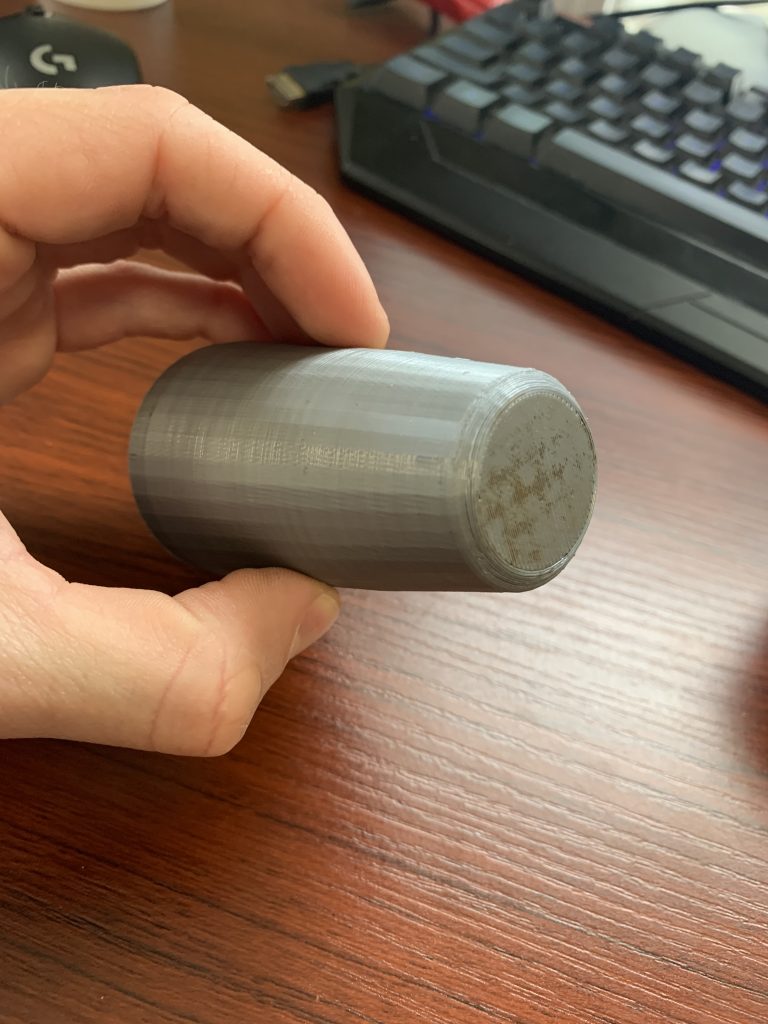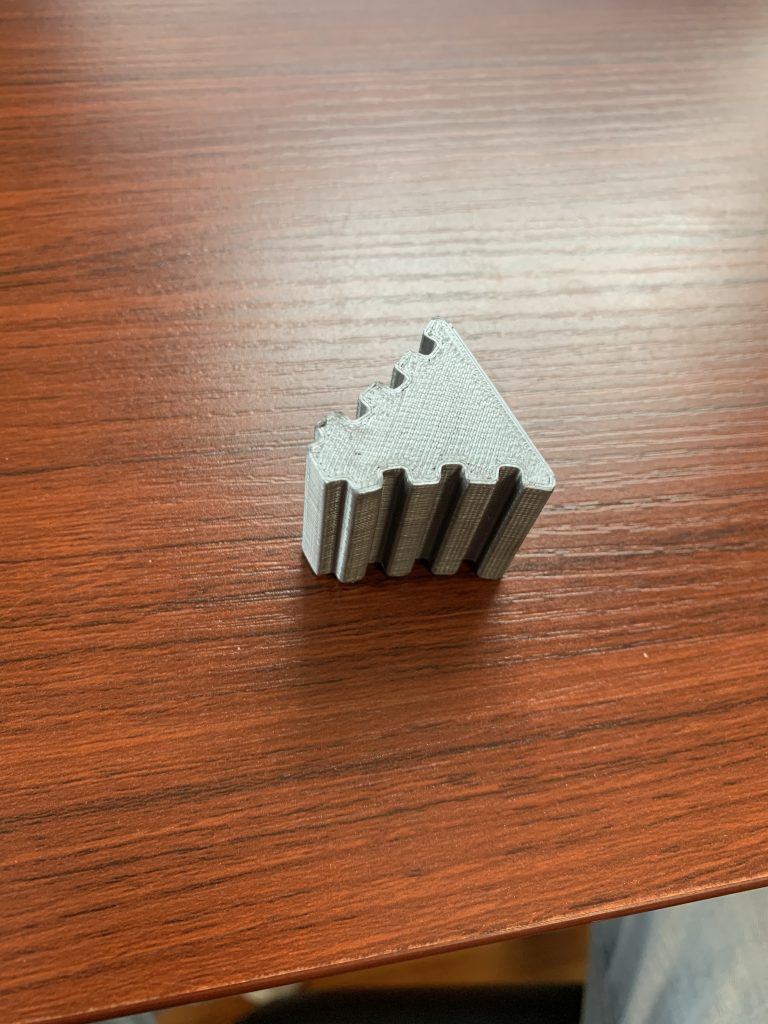In college, I purchased a Prusa i3 MK3 printer for $800. It was large investment at the time, however I thought over time it would pay itself off as well as enhance my prototyping/tinkering capabilities. The advantage of 3D printing is that the things that you can create are virtually limited to your imagination. The additive manufacturing process defies so many classical manufacturing techniques which is fun to experiment with. Anyways, over the years since I’ve purchased the Prusa i3, I have saved myself some money by printing my own tools. Operational costs of the printer are quite minimal, ~$20 for 1 kg of filament will last you over a year if printing casually. The most recent example of return on investment involves me printing tools for an engine I rebuilt. The engine in my 2008 Subaru Forester XT spun a rod bearing (this is when the journal bearing on the crank shaft has a lack of oil flow, the heat build-up destroys the bearing surface and the bearing welds itself to the crankshaft). Well over the last few weeks, I built a new engine and a couple of specialty tools are required: a tool to push camshaft seals flush with the cylinder head (tool 1), a similar but larger tool to push front main seal over the crankshaft (tool 2), and a tool to hold the dual overhead camshafts in place while you torque the camshaft pulley bolts (tool 3).
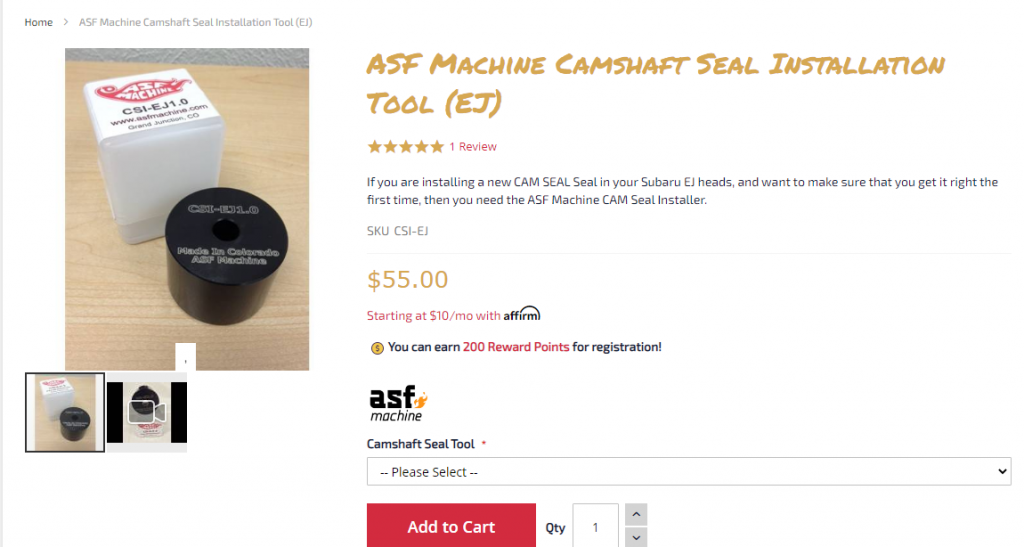
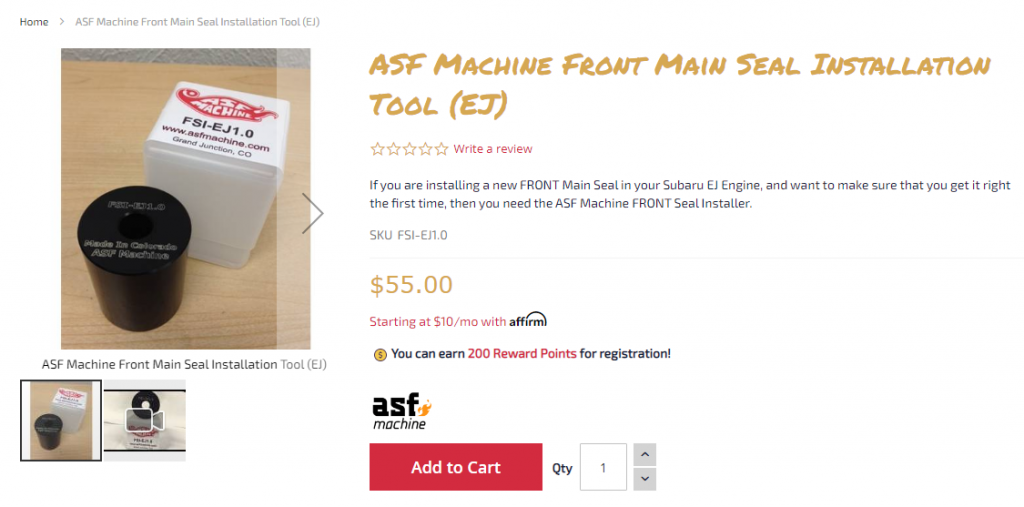
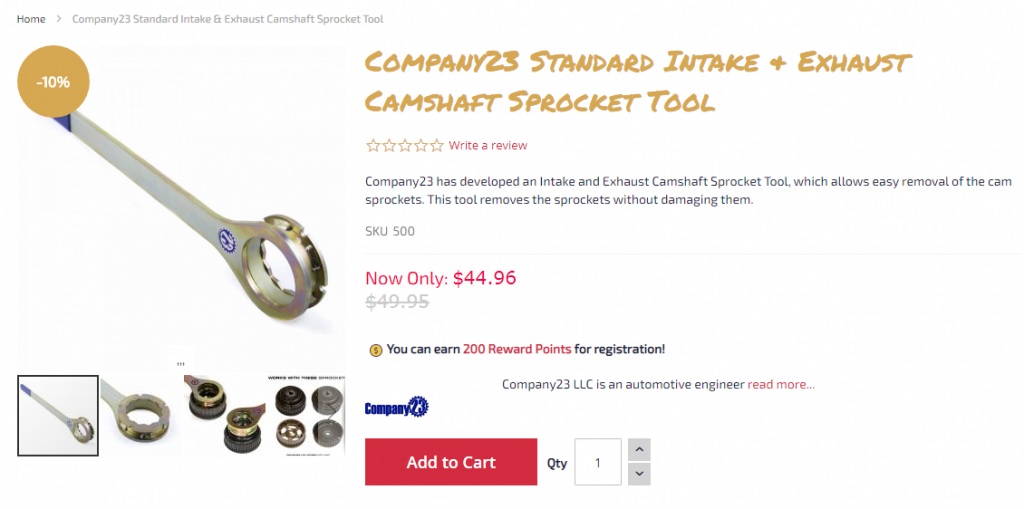
As you can see above, the combined MSRP of all these specialty tools adds up to $155, which is tough to justify on items you will hopefully only have to use once. So cue the 3D printer. The first two tools were relatively easy to design and print out. They are cylinders with a center bore large enough to clear the protruding shaft. The 3rd tool required a bit of thinking. I couldn’t just straight up replicate the design as the long lever arm would require lot of material to print and realistically the long lever arm would impose large forces and likely snap the 3D printed part. My solution was to print what is effectively a “door jam”. Because the two camshaft pulleys are located in close proximity to each other, I could print out a triangle that could wedge between the two pulleys and prevent them from rotating as I am torqueing down the fasteners.
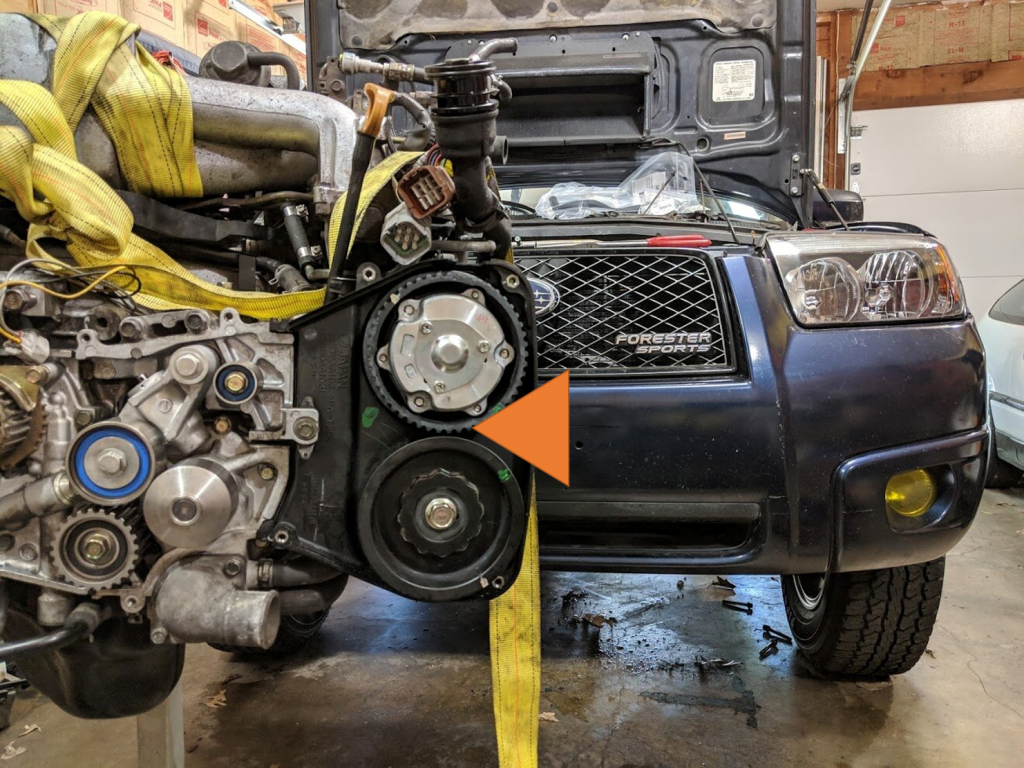
And here are the final products. All 3 tools worked flawlessly and got the job done. The engine has been running fine for the last ~1500 miles so this just proves that you CAN justify the cost of 3D printer… $800 (printer cost) – $155 (saved from not purchasing tools) = $645 worth of tools I still need to print 🙂
